5 Common Mistakes That Make You Hate Your Paint Color

Choosing the right paint color for your home can be daunting. I see a lot of advice about choosing the right paint color or paint color trends... but what about choosing the wrong paint color?
In this video, Ashley Bryant from Home like you mean it, a paint color consultant and decorator, shares the five most common reasons why people end up disliking their paint color and how to avoid these mistakes.
If you're in the process of selecting a color for your home or want to avoid a misstep, these tips will guide you in making better choices:
Table of contents
Disclaimer: Redesign may receive a small affiliate commission from purchases made via links in this article but at no cost to you.
1. Choosing Your Paint Color First
One of the biggest mistakes people make is selecting their paint color before anything else in the room is decided. Ashley explains that it’s extremely difficult to pick the perfect paint color for an empty space. Without furniture, décor, or a sense of the overall style, you're guessing what color will look good.
For example, if you choose a warm neutral like beige but plan to furnish the room with cooler blue-green tones, the final look will clash. To avoid this, choose your paint color last. Decorate your room first—select furniture, fabrics, and accessories—and then pick a paint color that complements the space. The paint should be the finishing touch, not the starting point.
2. Not Paying Attention to Undertones
The second mistake is ignoring the undertones in your room’s elements. This is especially crucial with neutral colors like grays and beiges, which can have blue, green, or purple undertones. If you don't consider these undertones when selecting a paint color, the result may feel "off" without you knowing exactly why.
For example, a gray couch with blue undertones won't look harmonious with a wall paint that has green undertones. Ashley recommends carefully examining your fixed elements, such as countertops, cabinets, and flooring, to ensure that the colors relate to one another. Pay attention to undertones to create a cohesive look.
3. Relying Solely on Online Photos or Small Paint Chips
Many people choose paint colors based on photos they find online or tiny paint chips from the store. This can be misleading, as lighting and editing often alter the appearance of colors in photos. Similarly, tiny paint samples don’t give you a true representation of how a color will look on your walls.
Ashley advises that while online photos can be a good starting point, they should not be your final decision-maker. Additionally, always test large samples on your walls before committing to a color. The lighting in your home can drastically change how a color looks, so test it in different rooms and under varying light conditions to get a true feel for how it will appear.
For this, we really recommend Samplize, which provide peel-and-stick paint samples so you can see how colors look in your home without painting the existing walls. You can also get bundles of similar colors to try out
4. Skipping the Testing Step
Another common misstep is failing to test paint samples in your space. Ashley emphasizes the importance of testing large samples, either by painting them directly on your walls or using peel-and-stick paint samples. Lighting can significantly alter how a paint color appears. A shade that looks perfect in one room with lots of natural light might look completely different in a darker space.
She shares an example from her own experience. When she painted her living room, the neutral shade “ Accessible Beige” looked beautiful in a bright, naturally lit space. But in a darker room, it took on a greenish hue and looked unpleasant. Testing is essential to avoid these surprises.
5. Expecting Paint to “Save the Day”
Finally, many people rely on paint to fix or transform an undecorated room. However, as Ashley points out, paint alone cannot "save" a space. If a room is bare except for a couch and a few throw pillows, even the perfect paint color won’t create the desired look.
To achieve a beautiful and cohesive space, your paint color should complement a fully decorated room. Decorate the room with fabrics, textures, and furniture first, then choose a paint color that ties it all together. The paint should enhance the space, not be the sole focus.
Conclusion
In conclusion, to avoid hating your paint color, follow these five essential tips:
- Choose your paint color last, not first.
- Pay attention to the undertones in your room's fixed elements.
- Don't rely solely on online photos or tiny paint chips.
- Always test colors in your space before committing.
- Don’t expect paint to transform an undecorated room.
What do you think of these tips? Let me know your best paint selection advice in the comments below.









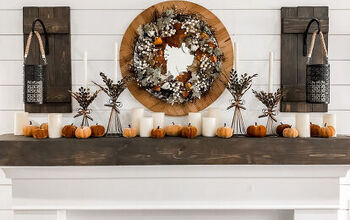
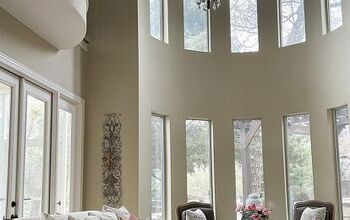


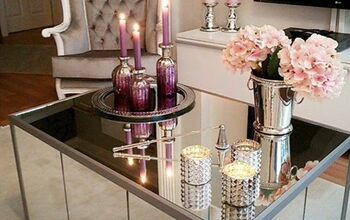
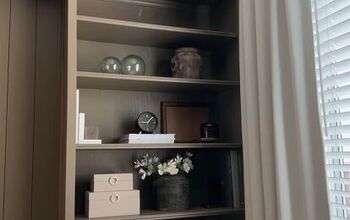
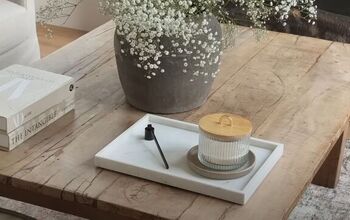
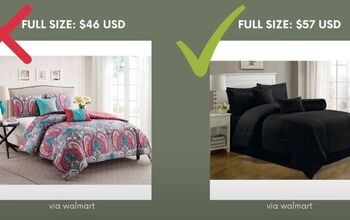

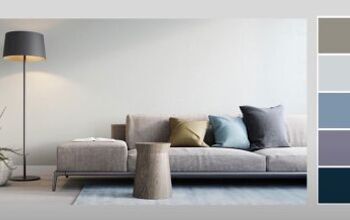




Comments
Join the conversation